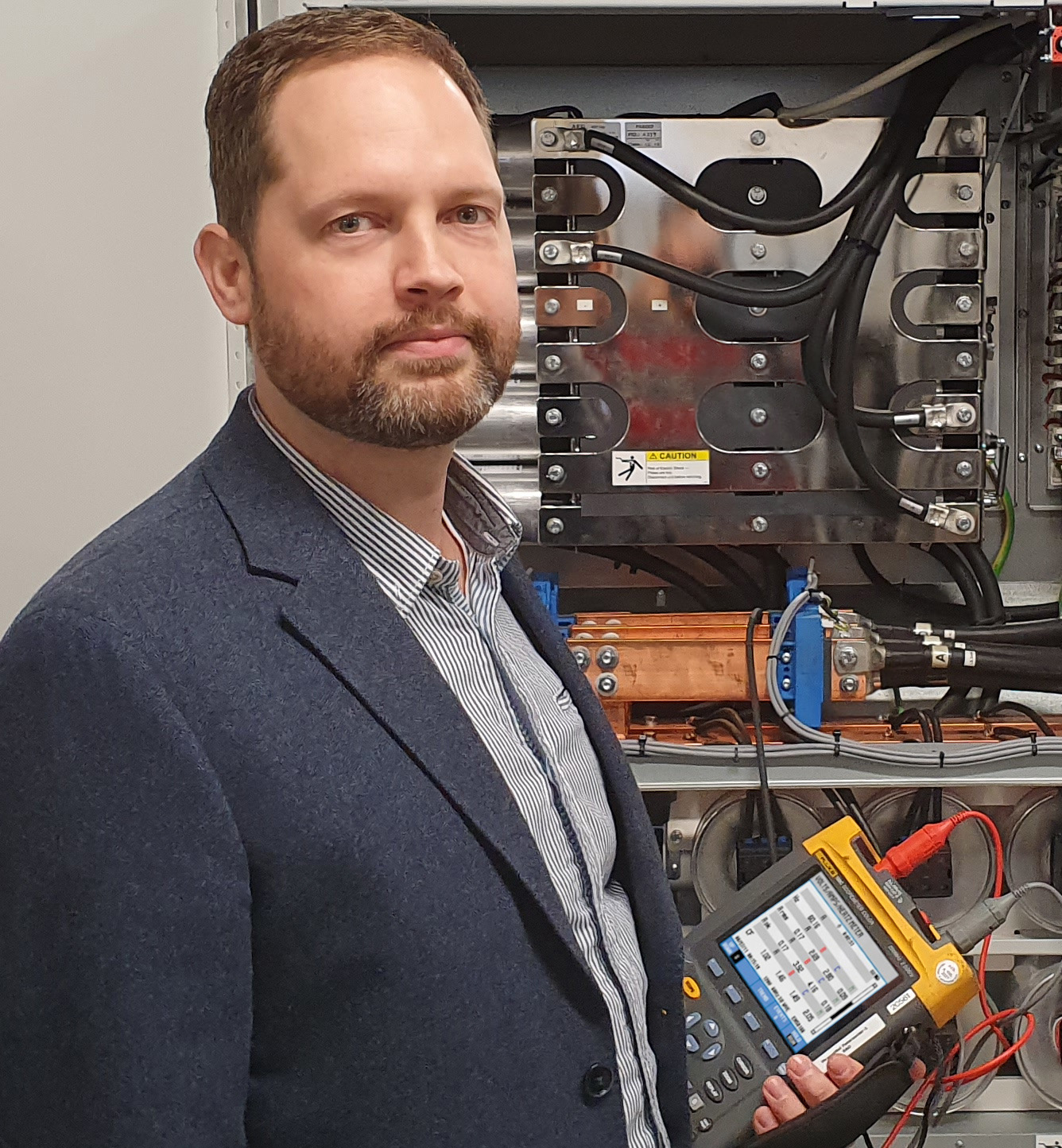AEG Power Solutions Leads Research for Hybrid UPS to Optimize Local Energy Supply in GIS-MS Project

AEG Power Solutions, a global provider of power supply systems and solutions for industrial, critical infrastructure and innovative electrical applications, initiated and leads the industrial research project "GIS-MS" sponsored by North-Rhein Westphalia ministry of industry with the support of the European development fund. The project aims at developing stationary intelligent storage systems, also called “hybrid UPS” system, to improve local energy management.
In addition to AEG Power Solutions which drives the project and acts as uninterruptible power supply (UPS) expert and manufacturer, the project involves the Department of Power Electronics and Electric Drives (LEA) at Paderborn University, BatterieIngenieure GmbH as experts for battery technology, Next Kraftwerke GmbH as operator of one of the largest virtual power plants in Europe, Hoppecke Batteries GmbH (associated partner) Battery manufacturer and the Avasition GmbH (associate partner) as experts for hardware-in-the-loop (HIL) simulation systems.
Electricity supply has long been driven mainly by costs and reliability, but sustainability is also increasingly at stake and requires the integration of renewable power sources such as wind or photovoltaic. As this trend gains momentum, new challenges arise to integrate them into the grid and local energy management is required to balance consumer needs and electricity produced as well as guarantee the stability of the grid. Compensation can be achieved through customers flexible usage but also by using stationary intelligent storage systems to store excess energy when demand is low and reinject it when peaks of consumption arise. They could be a key part of the standard electricity supply solutions of the future.
Stationary systems which secure power supply have been in use in industrial companies for several decades; known as uninterruptible power supply systems they take-over power supply in case of grid failure but also guarantee a stable quality of supply in case of voltage variations. So far UPS are used mainly to secure power for strategic loads and prevent security issues or protect people and assets. The systems are embedding batteries which provide the energy back-up but are subject to chemical aging processes and must be serviced and replaced at regular intervals.
The 3-year project aims at designing a system which would combine the benefits of a UPS with an extended energy storage system. This new solution aims to support local energy management and provide power supply protection for up to 100 kW as a prototype unit. As industrialized solution it shall be scalable to several hundred kW.
GIS-MS focuses on solving the technical challenges that this application is raising, which mainly are:
· the power-electronic topology of the “hybrid UPS” system (especially the multi-use converter which combines rectifier and inverter modes and needs to integrate grid forming feature in case of grid failure).
· the choice of the battery, which needs to be adapted to their new cycling operation mode involving also a new dimension in storage. This means designing new models for battery aging which will ultimately translate into business case for such operations.
· its conformity with regulatory and normative frameworks.
Local stationary “hybrid UPS” systems would be synergizing the benefit of standard UPS systems with the ones of battery energy storage to a campus or a facility. The “hybrid UPS” is providing high quality power and protection to critical loads and allows to connect less critical loads in the protection loop on an off-line mode.
In addition, local energy resources can be integrated to that mode, thanks to the multi-use converter which is forming the grid. Finally, when the public grid is available, the system would provide grid stabilizing services such as “FCR” (frequency containment reserve) or primary control power, as well as services like peak-shaving or increasing increase the self-consumption rate of renewable energies. The benefit for the customer (in this case a campus) would result in a reduced electricity bill when simultaneously making the system more sustainable and increasing the security of supply of non-critical loads.
"We are very committed to successfully execute this exciting challenge in cooperation with our partners which are all experts in their fields. We expect that the results of our innovative concept will be incorporated into the development of future products and solutions," states the project director Dr.-Ing. Thorsten Vogt, research team lead software at AEG Power Solutions.



































